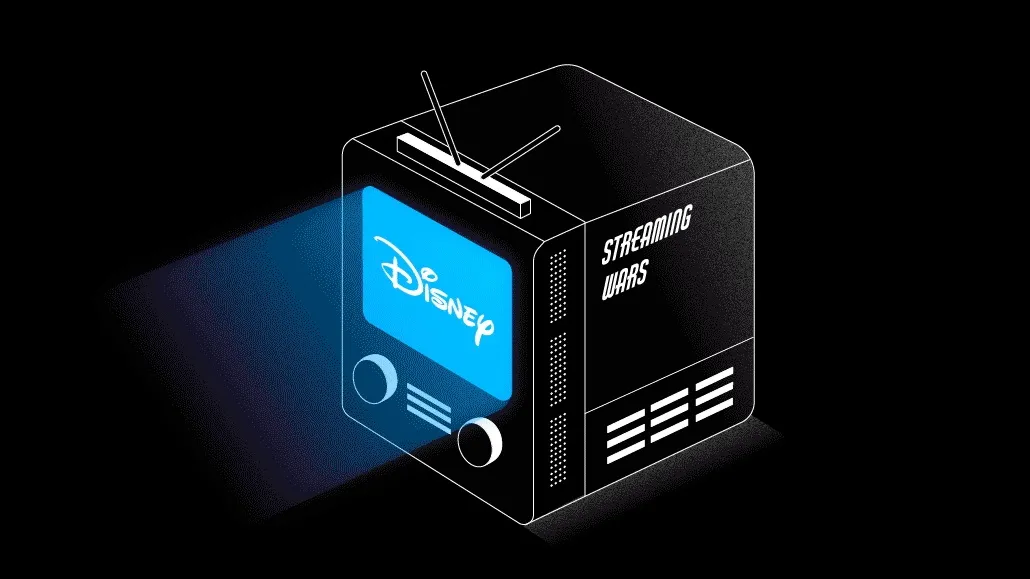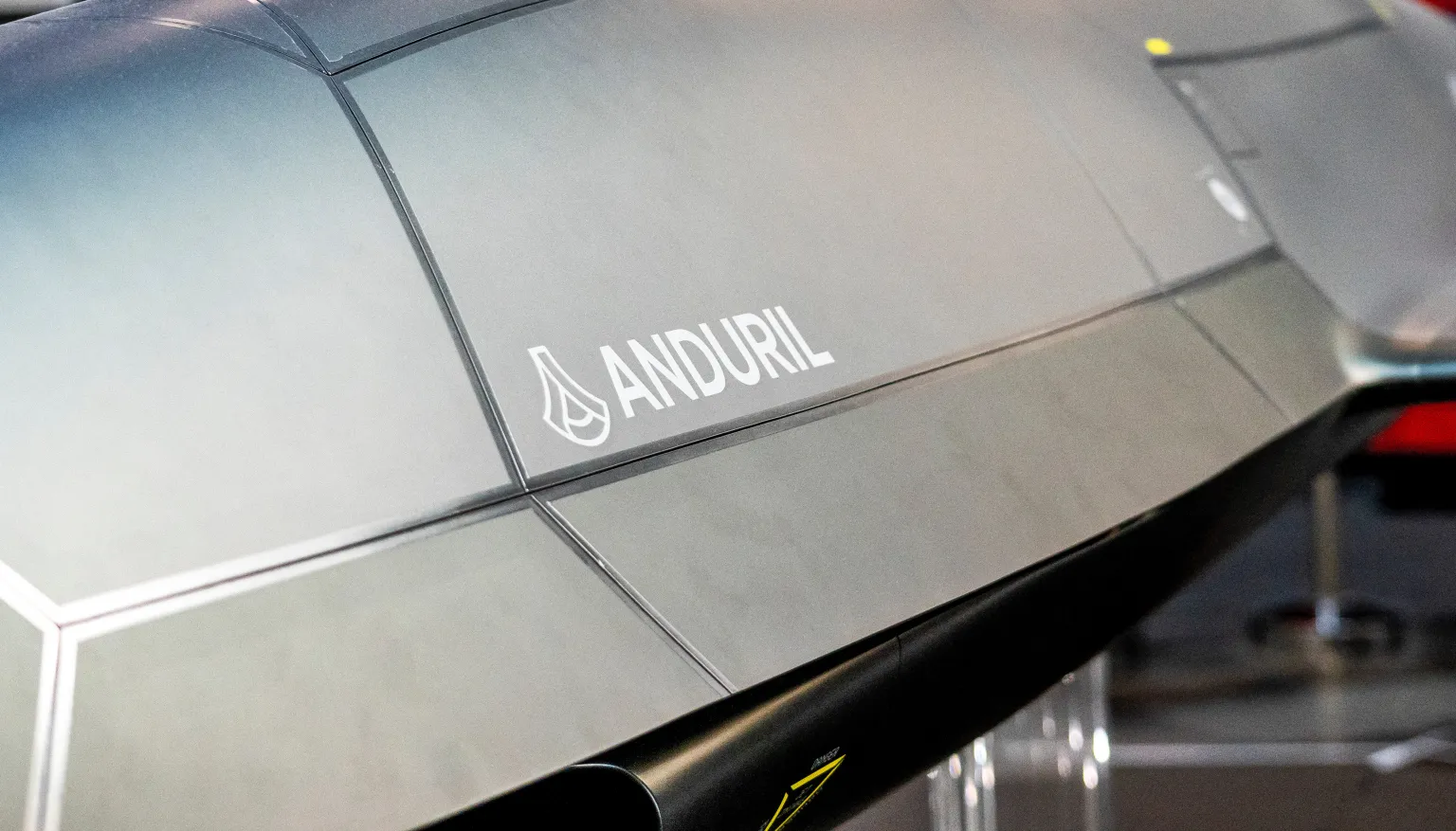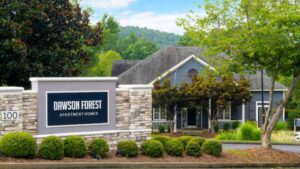The qualities of class B multifamily units – clean, modern, yet affordable – are highly coveted by any renter in America. Now, baby boomers, millennials, and immigrants are set to compete for a product that is dwindling in supply.
With developers focused on their more expensive class A counterparts, can the market keep pace with such a colossal drive for demand? And what does this imbalance mean for investors?
IT’S THOSE BOOMERS AGAIN!
The baby-boom generation currently represents over 70 million Americans – over 20% of the entire population. In 2011, the first baby boomer turned 65 and by 2029, all of them will reach that age. To put that into perspective, that’s over 20% of the entire U.S. population in their golden years.
A Freddie Mac survey found that over 5 million baby boomers expect to rent their next home by 2020. And when boomers enter a market, they usually stay for a while. Due to improved living standards and advances in science, this generation is living longer, healthier lives than their parents before them.
When surveyed, half of respondents 55+ would prefer to rent than to own

Rental units found in multifamily dwellings are an attractive option for baby boomers as it provides adequate space in vibrant neighborhoods. By nature of development, existing multifamily buildings reside close to transportation nodes, shopping centers, and other amenities that boomers love.
ECHO-BOOMERS COMPETE WITH THEIR PARENTS FOR RENTAL HOUSING
The generation that follows the boomers – the ‘echo-boomers’ also known as the millennial generation are a powerful market force in their own right. Born between 1985 and 1995, they have already surpassed boomers as America’s largest population.
But while the G.I Bill helped baby boomers with subsidized low-cost mortgages, the millennial “double-whammy” of high student loan debt and low wage growth make it challenging for them to follow in their parents’ footsteps.
Millennials are already comfortable renting. And like boomers, units in class B multifamily buildings suit them perfectly. This group doesn’t care much for the frills of luxury-grade buildings, opting instead for frugality and practicality.
IMMIGRATION ALSO CONTRIBUTES TO RENTAL DEMAND
Immigration has always played a key role in driving the demand for multifamily. And this trend is not expected to change. The U.S. immigrant population stood at just over 13% of the total population in 2015. That’s over 40 million households that are more likely to rent than their U.S. born counterparts.

For some foreign-born individuals, prioritizing homeownership is not a value shared in their home country. For others, it is much more convenient to rent while they find their footing in America. Even for households that want to own a home, a lack of credit history makes it challenging to qualify for a cost-effective mortgage loan.
SO WHY AREN’T DEVELOPERS BUILDING NEW UNITS?
The short answer is they are. But not enough of the right kind. Total multifamily completions that are five units or more account for about 300,000 units per year. The last time that number hit 400,000 was in 1987. Given the expected demand in the coming years, one would expect double this number.
There are two main problems developers face. One is the cost of building material. Construction costs can easily hit 100-150 thousand per door. That makes it difficult to compete against private purchases where an existing 1980s building in good shape only costs about 60-80 thousand.
The other problem developers face is securing financing for class B conversions. This leads them to develop class A buildings that produce premium rents and attract AAA tenants. The problem of course is that this does very little to solve the supply problem facing populations seeking class B units.

HIGH DEMAND AND LACK OF SUPPLY LEADS TO CLASS B MULTIFAMILY GROWTH
Given the current climate, returns on class B buildings are already seeing tremendous growth. So far this year, annualized growth in gross rents in the top 70 metros is 3.4%and has reached almost 7% in top metropolitan markets.
A typical class B building may have been built in the last 25 years, contain 100-400 units, and have room for cosmetic improvement. The latter provides an upside for investors as they improve building facades, upgrade amenities, or incorporate community events for its residents.
When comparing class B to their class A counterparts, the former can be recession-insulated. That’s because under economic uncertainty, class B buildings do not have to rely on premium rents to drive profitability. It’s got no flash, but provides a basic need for renters priced out of class A apartments.
*****
The major demographic forces discussed above are transforming the multifamily marketplace and creating a shift in demand that supply has not and likely will not keep pace with. When demand outstrips supply in the real estate world, the results are an increase in rents, occupancy, and NOI. This presents an opportunity for investors to secure solid, stable returns for years to come.
This article is for informational purposes only and should not be relied upon as a basis for investment decisions.
*****
SOURCE: Real Crowd











